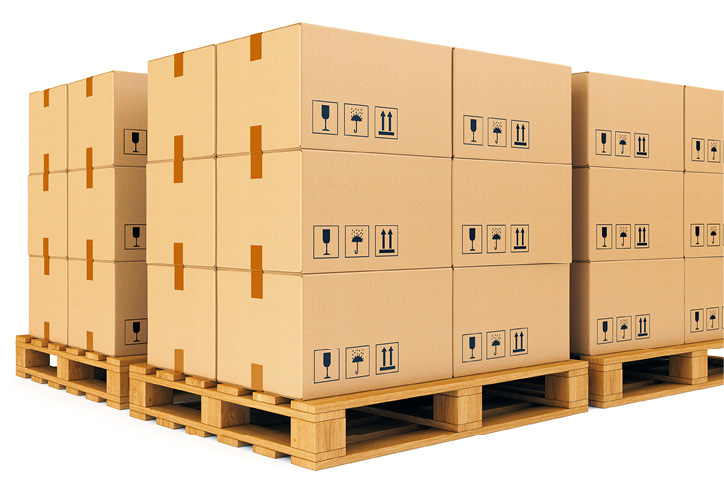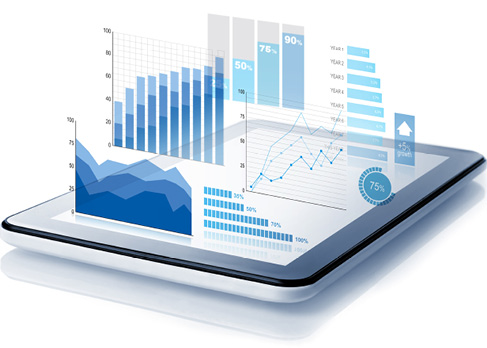A B2B platform, backed by data, can solve your returns and excess inventory pile up
Returned and excess merchandise, while a natural byproduct of retail commerce, places enormous stress and additional costs on retailers and distribution networks that are not optimized for the reverse flow of merchandise. We know the financial impact is huge: returns cost retailers $743 billion in 2023. For the inventory that can’t be processed back on primary store shelves (due to the associated cost, product obsolescence, or obvious signs of use), employing the right secondary market solutions to optimize what happens to these goods, and get them out of warehouses, is paramount.
This is where an online B2B resale platform—one that’s backed by technology and data and offers multiple channels to sell inventory—can help solve the problem. Some of today’s biggest brands and retailers are leveraging a B2B resale platform as a centralized hub for all their secondary market resale needs. By moving everything onto one online platform, these companies will have a single system of records and are able to tackle what’s historically been a highly fragmented and manual process.
On that note, if you’re still operating manually when reselling the inventory, you’re likely leaving money on the table. Beyond that, depending on just one or two large buyers to purchase it is risky—we’ve all seen the recent bankruptcy headlines related to major discount retail chains and large liquidators. News stories and business developments like these highlight the importance of developing resilient, diversified, and carefully managed B2B resale strategies for moving out returned and unsold merchandise.
Let’s take a deeper look at the benefits of an online B2B resale platform and why applying data to the resale process is essential to achieving your goals.
Confidence and consistency in pricing
Whether selling to a single buyer or to a broader buyer base, it’s important to understand the fair market value of the merchandise and what factors (e.g. condition, inventory type, sales channel, etc.) will impact pricing. A B2B resale platform that holds years of pricing data against multiple variables ensures a more accurate picture of competitive pricing. Be sure to look for one that offers a variety of ways to sell the inventory into the secondary market (this might be via an open marketplace or through a private transaction) and provides pricing comparisons across each channel.
Access to the right buyers
There is a robust secondary market and buyer base for returned and unsold merchandise of all categories, quantities, and conditions. The best B2B resale platforms will have a database of thousands of business buyers—including online resellers, bin store owners, off-price stores, exporters, and refurbishers—ensuring consistent demand and ultimately, pricing. They can also easily onboard any existing buyers or target marketing efforts at a particular type of buyer.

Move inventory quickly and at scale
A B2B resale platform that offers multiple channels to move out returned and excess inventory allows for scalability; a strategy that makes use of auctions, pre-negotiated contracts, brokered direct-to-buyer sales, can handle a substantial uptick in merchandise volume, without sacrificing velocity.
Brand control
Channel control is important, to brands and OEMs. Through an online B2B resale platform, you can choose how your inventory is remarketed and to whom it’s sold. This helps avoid sales channel conflict and maintains your brand’s image by creating specific, binding restrictions that apply to all buyers.
These restrictions might include:
- Restricting resale on third-party marketplaces
- Establishing geographical limitations on resale
- Selling only to exporters
- Selling only to off-price retailers
- Requiring brick-and-mortar sales exclusively
- Mandating all items be de-labeled prior to resale
Automated sales process
An established and technology-based B2B resale platform can handle the process end-to-end, including listing recommendations and setup; in-platform payment; automatic invoicing; and pre-set launch times for listings.
It can also provide detailed records to keep track of key performance metrics, which is critical for accurate bookkeeping, tax reporting, compliance, and ensuring buyers have met resale requirements.

Actionable Data
Applying data to achieve your resale goals (be it recovery, velocity, brand control, etc.) can make a big difference, with even small adjustments driving substantially better results. Lot optimization, accurate manifests, targeted marketing, choosing a specific resale channel, and other strategies all contribute to improved outcomes. Working with a company that has years of compiled B2B resale data can be a game changer.
For example, there are many factors that impact secondary market pricing on bulk quantities of inventory. Here is what the data shows us:
- The top five variables impacting pricing are product category, brand; condition, manifest design, SKU depth
- Pricing differs significantly within product categories. For example, within the Apparel & Accessories category, handbags when separated out, typically achieve higher pricing than when grouped with other items.
- Different product categories benefit from a deep SKU vs shallow SKU. Ex: outdoor furniture fetches higher pricing in a shallow SKU listing.
- Resale lots containing items of similar MSRPs tend to fetch higher pricing
B-Stock holds 15 years worth of B2B resale pricing data on dozens of categories and hundreds of subcategories and SKUs; this robust, unrivaled data set provides us with the most complete perspective on buying and selling trends across the B2B resale market. It also allows for price forecasting; B-Stock recently launched a Predictive Price Modeling Tool that provides our customers pricing estimates for inventory they want to sell within our marketplace. The tool combines historical data, AI, and machine learning to scan hundreds of thousands of closed listings across the B-Stock recommerce platform and then analyzes them across over 100 variables including product category, item condition, brand, lot size, season, SKU depth, and sales channel. Armed with this data, brands, retailers, and OEMs have better visibility into the anticipated recovery rate of their inventory and can make more informed decisions around what to resell, and how and when to resell it.
To learn more about B-Stock’s B2B resale platform, our suite of sales channels, and our data-backed insights, visit us now at bstock.com/sellers to learn more.
B-Stock is the world’s largest B2B recommerce marketplace. Billions in returned and overstock inventory are resold through B-Stock each year as a result of unparalleled buyer demand, streamlined operational processes, and extensive expertise and insights.
Industry-leading brands and retailers trust B-Stock with their recommerce operations because we deliver superior financial results and significant improvements in velocity and efficiency, all while furthering global sustainability efforts.